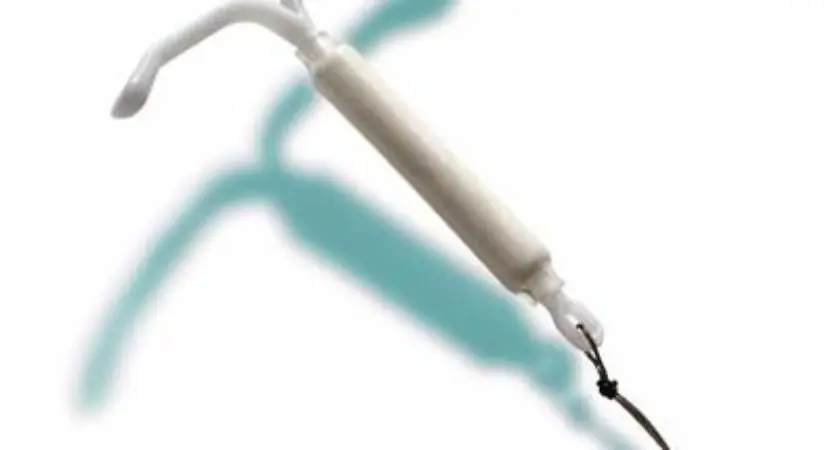Paragard Intrauterine Device is one of the most effective and hassle-free forms of birth control in the market today. It has become the birth control method of choice by millions around the world when compared to Paragard vs. Mirena, because it’s extremely convenient: once worn, it can last up to 10 years and prevents pregnancy the entire time it is worn. It releases copper into the uterus, which is a powerful spermicidal, allowing users to have unprotected sex without having to worry about conception.
MUST READ: Paragard vs Mirena: What Every Pregnant Should Know
MUST READ: Mirena IUD: Should I Use It?
Paragard should be administered by a health care professional; once it is inserted into the uterus the spermicidal effects take place immediately which goes for Paragard vs. Mirena IUD. But if a user decides they want to conceive, it can be removed at any time and cease its contraceptive effects right away. Using it has several benefits such as convenience, reduced risk for endometrial cancer, and doesn’t have any of the side effects associate with estrogen-releasing contraceptives. However, there are certain side effects for Paragard users such as extremely heavy periods, cramps, painful sex, backaches, and inflammation of the vagina, anemia, and itchy rashes. If any of these symptoms are evident, it’s best to remove Paragard immediately and consult your gynecologist.
Because every woman has a different anatomy, Paragard vs. Mirena IUD may not be suited for everyone. It’s not advisable to use it if you have had a pelvic inflammation, unexplained vaginal bleeding, allergic to any parts of the IUD especially copper, suffer from Wilson’s disease, or have any uterine abnormalities.
A health care provider will assess your overall health before they declare you a suitable candidate to use Paragard. If you are proven to be a good candidate, the health care provider proceeds to inserting the IUD but you should also know what to expect following the procedure. After every period, you should be able to feel the strings hanging from your cervix, but don’t pull on these strings. Four to six weeks following insertion of Paragard vs. Mirena, you should schedule a reexamination to check if the device has moved as well as for symptoms of pelvic inflammatory disease.

